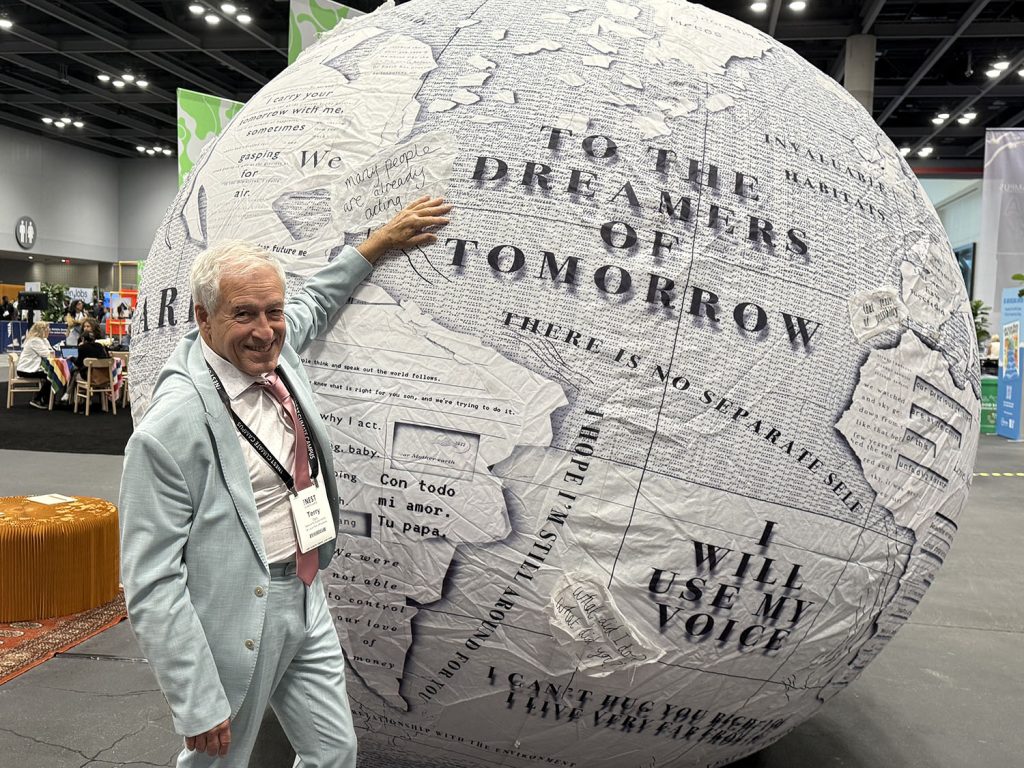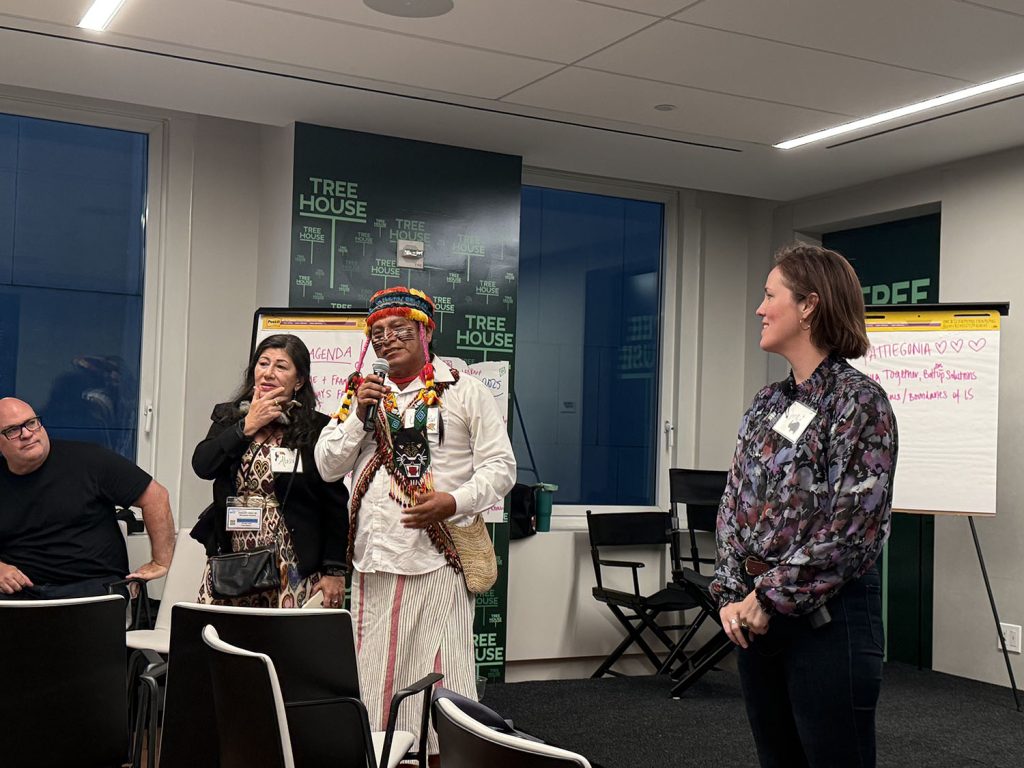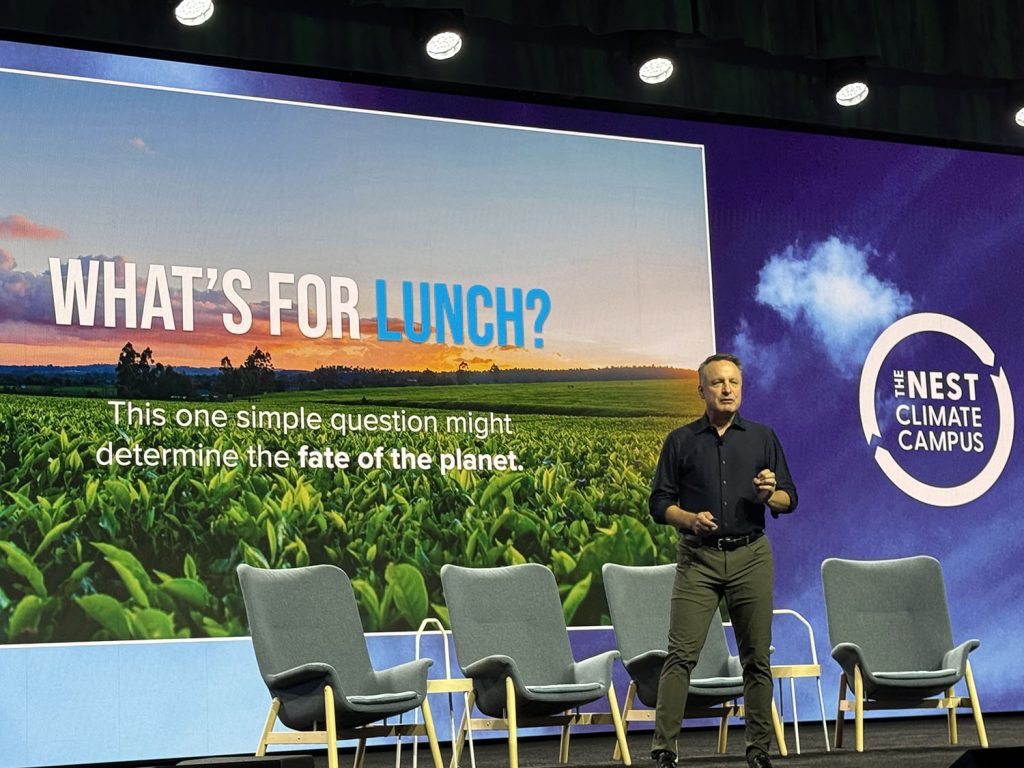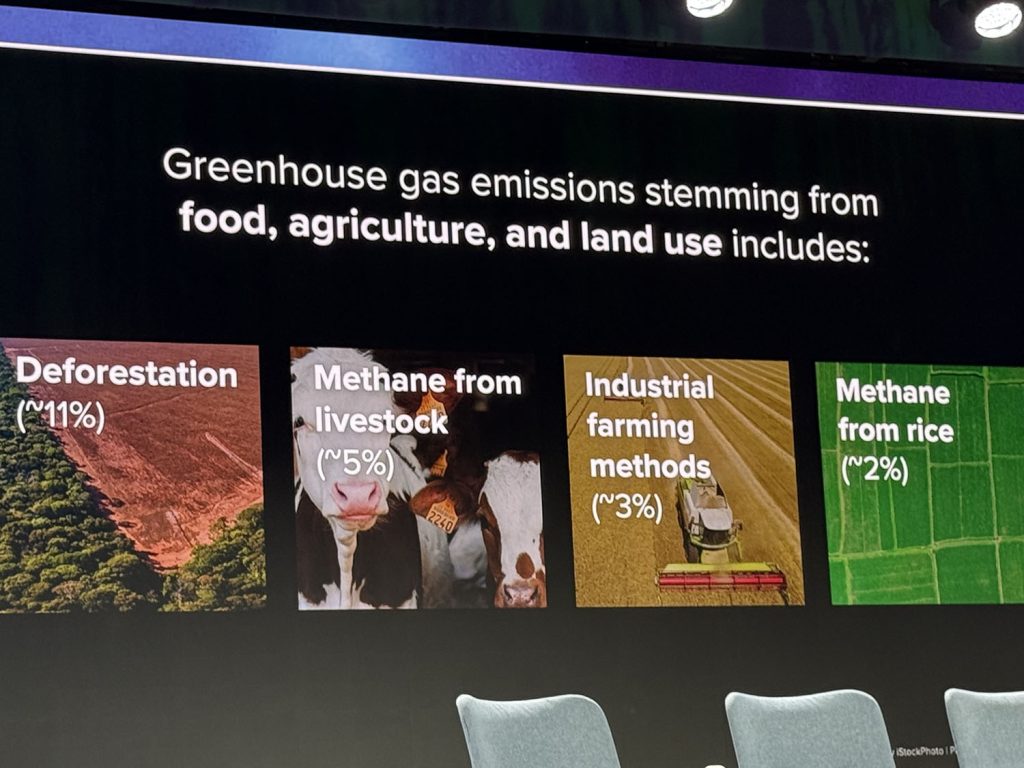
By Alliance for Sustainability President Terry Gips
President Trump gave a shocking and demoralizing UN General Assembly speech to the heads of the world with attacks on wind energy and their efforts to take climate action.
Author and climate activist Bill McKibben wasted no words, saying it was “The Stupidest Speech in UN History” with “the longest and dumbest section of the speech about climate change,” sharing Trump’s words calling it not only a ‘hoax’ but ‘the largest con job ever perpetrated on the planet.’
Emily Atkin from HEATED agreed and said, “The president’s easily-debunked 10-minute climate tirade at the UN was so stupid and unoriginal, it was actually kind of funny.” She went on to pick apart Trump’s statements:
- “We’re getting rid of the falsely named renewables. By the way, they’re a joke. They don’t work. They’re too expensive.” She retorts: “Compared to what? Most renewable energy is cheaper than fossil fuels. On average, solar is currently 41% cheaper than the lowest-cost fossil fuels for electricity generation. Offshore wind is 53%.”
- “You lose money, the governments have to subsidize [renewable energy]. You can’t put them out without massive subsidies.” She responds: “Again—compared to what? Because fossil fuels currently receive nine times as much government consumption subsidies as renewables. Global fossil fuel subsidies amounted to $620 billion in 2023, compared to $70 billion for renewables, according to the International Energy Agency.
Climate Week NYC to the Rescue
At the same, there were other strong counterforces to the President’s dismal message: Climate Week NYC, which was held September 21-28. This massive global gathering featured a record 1,000-plus events with environmental leaders, companies, universities, foundations, media outlets and climate activists and countries documenting positive changes taking place and strategizing new ones.

Positive Steps Forward for Climate Action and Alliance Sustainability Partnerships
I participated in the Nest’s presentations and numerous other events – from the Yale Climate Week and Social Venture Network Living Planet to receptions by Chloe Capital and the Skoll Foundation. I feel energized and uplifted despite Trump’s remarks, legal attacks on environmental groups and his $7 billion in federal climate cuts to Blue states in order to provide a tax break for billionaires.
I am buoyed and heartened by the incredible efforts by the efforts of enviro groups, companies, researchers and foundations to step up such a wide range of impactful work to address the climate crisis. There are so many of us that I really sense we can turn this around together.
I also met with the heads of nonprofits working with hundreds of millionaires and billionaires sharing our climate concerns who are interested in providing the badly-needed funds and investments to support climate action. We received a lot of enthusiastic responses for two of our Sustainability Partnerships, both the simple, verified Cooler climate footprint app that can turn an organization net zero and the New Dawn Universal Power multi-rotor wind turbine that produces 24/7 renewable energy.
Companies Come Together and Share New Breakthroughs
Surprisingly, corporate leaders are now recognizing that investing in nature is indispensable in the fight against climate change. This is in no small way thanks to the tireless efforts of so many NGOs and researchers. This was reflected in the remarks of IKEA Chief Sustainability Officer Karen Pflug:
“We know that we cannot solve the climate crisis without protecting nature, whether that’s forests, wetlands, the oceans and beyond. It is not only vitally important for planet Earth, but for human health as well. It affects our food supply chains, our full ecosystems and our future resilience.”
Ann Tracy, Chief Sustainability Officer at Colgate-Palmolive, shared, “The discussions were smaller, authentic and action-oriented. The themes of driving value creation and collective action continued to emerge and evolve. In fact, the direction is moving towards greater collective action including co-investment strategies.”
“The focus has shifted decisively to speaking the same language, aligning targets and taking concrete action,” writes Roel van Poppel, ofi Chief Sustainability Officer. Finally, Patagonia Provisions, Lundberg Family Farms and SIMPLi all announced they are now regenerative organic certified, sourcing from a network of farms that has grown to 20 million acres nationwide.
These are just a few of the numerous companies who are actually committed to walking the talk.
Bipartisan Efforts by US States Standing Up to Federal Climate Cutbacks
In addition to the steps businesses are taking, it was refreshing to see action being taken by so many states to fill federal gaps. “The US Climate Alliance, a bipartisan coalition of 24 governors representing approximately 60% of the economy and 55% of the population, released new data during Climate Week showing its members have collectively reduced net greenhouse gas emissions 24% below 2005 levels, all while increasing their collective GDP by 34%,” according to CSO Futures.
“This new analysis proves what we already know: our climate action is delivering real results,” said New York Governor Kathy Hochul, who also announced a $1 billion Sustainable Future Program to accelerate capital projects in New York’s transition to a cleaner, greener future. “We’re cutting pollution, growing our economies, and showing the nation that our bold measures are working.”
Great News Announced by NGOs, Including Project Drawdown’s Breakthrough Explorer
There was a flood of exciting NGO developments that were shared. 150 companies are preparing to set science-based targets for nature, with at least $5.5 trillion in market capitalization already represented – underscoring the scale of ambition now underway,” according to the Science Based Targets Network as reported by CSO Futures.

Jonathan Foley, PhD, Executive Director of Project Drawdown, launched their game-changing Drawdown Explorer, the world’s most comprehensive climate solutions platform:
“Climate action to date has been largely too small and too ineffective. We need to focus on the most effective, science-based solutions that truly move the needle on climate change. We built the Drawdown Explorer to provide the insights necessary for better, smarter climate action, ensuring every dollar, every resource, and every moment brings us closer to a world without a climate crisis.”
I was impressed because the Drawdown Explorer addresses scale and cost with a detailed analysis on the speed of action, geography and additional benefits of climate solutions across all relevant sectors, including electricity, transportation, buildings, industry, materials and waste, oceans, carbon removal and energy processing, with a major focus on land use, food and agriculture.
By providing this critical and extraordinary amount of clear, concise quantitative data, decision-makers around the world will be empowered to “advance emergency brake solutions that can rapidly reduce emissions, focus on geographic hotspots to maximize impact, and identify benefit multipliers that simultaneously improve both human and environmental well-being.”
John Sterman, PhD, Director, MIT System Dynamics Group says, “The Drawdown Explorer is an incredibly useful tool for anyone seeking to learn what they can do to help solve the climate crisis. Carefully based on the best data and science, it shows which actions can make the most difference, but also which widely-promoted actions don’t help much or even make climate change worse. The results may surprise you.” He adds, “Whether you are in government, business, or an individual, you can see where you can make the most difference.”

And Finally, SHIFT, a Science-Based Guide to Individual Climate Action
Many wonder what actions have the biggest impact and truly move the needle on climate change. I’m thrilled that Project Drawdown and leading climate scientist and best-selling author Kimberly Nicholas, PhD, have created the Super High-Impact Initiative for Fixing Tomorrow, SHIFT. This is a free, web-based go-to guide for climate-concerned individuals ready to take the most effective, science-backed personal climate action.
“By sharing some basic information about who you are, SHIFT can help you identify evidence-based actions you can take today that not only reduce climate pollution, but lead to the high-impact, systemic changes necessary for a better, brighter future,” Nicholas says.
Combining Nicholas’ pioneering work on individual climate action and Project Drawdown’s deep expertise on climate solutions, SHIFT is built around five distinct but interconnected “climate superpowers”: citizen, professional, investor, consumer, and role model. These roles reflect the different spheres of influence many people occupy in their daily lives.
SHIFT provides all of us with high-leverage actions we can take, “whether advocating for policy, shifting workplace practices, aligning investments with climate-positive outcomes, changing how we travel, or building climate community and inspiring others.” Each superpower is grounded in peer-reviewed research and supported by practical, actionable recommendations tailored to your individual conditions.
“When people search for what they can personally do about climate change, they’re all too often directed to clickbait or top ten lists based on global averages,” says Project Drawdown Executive Director Jonathan Foley, PhD “But there is no one-size-fits-all approach to individual climate action. SHIFT is a step change in personalized guidance for climate actions that actually make a difference.”
“More than a checklist, SHIFT invites a change in mindset. Rather than prescribing generic behavior changes, the guide emphasizes agency, impact, and alignment with larger systems change. By connecting personal action with structural change, SHIFT helps people recognize that their choices, voices, and votes matter – not in isolation, but as part of a broad movement toward a fair and thriving world.” This is truly an impressive accomplishment.
I hope this helps you see how such a wide variety of private, public and nonprofit sectors are rising up to work together to take on the challenge of the climate crisis. I do have hope and believe that while it may feel like we’re in a dark tunnel, there is light at the end. Hopefully it’s not an oncoming train.

Thank you for this report back. I did not know much about many of the meetings you attended. It was hopeful for me to learn more about what happened from Drawdown to the corporates.